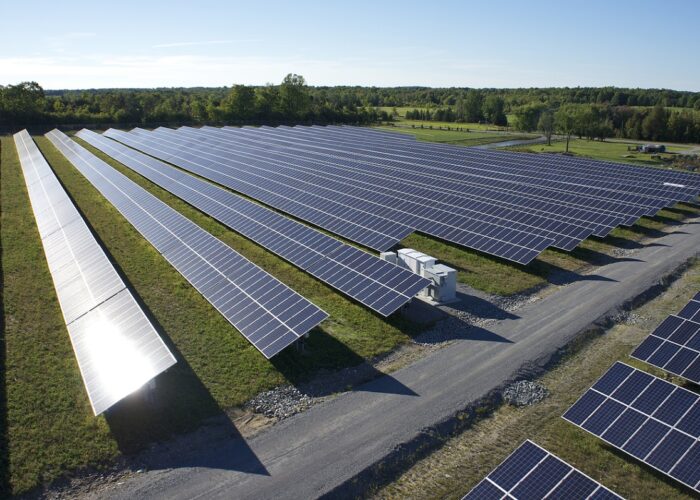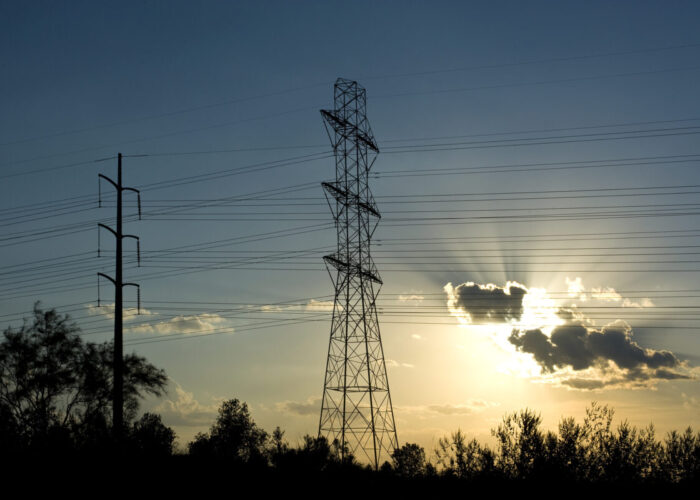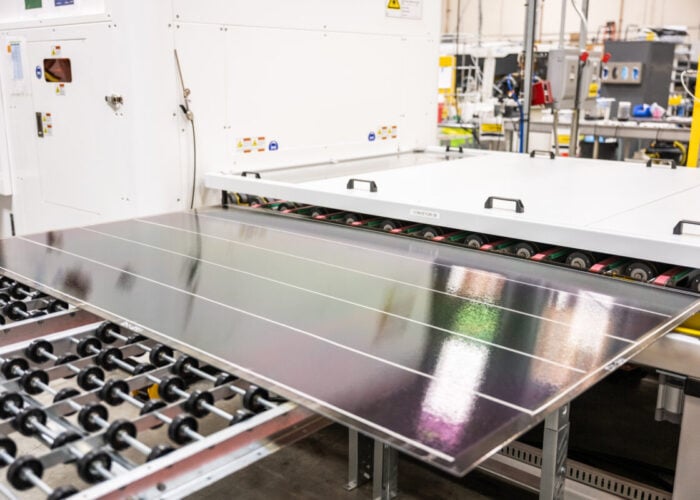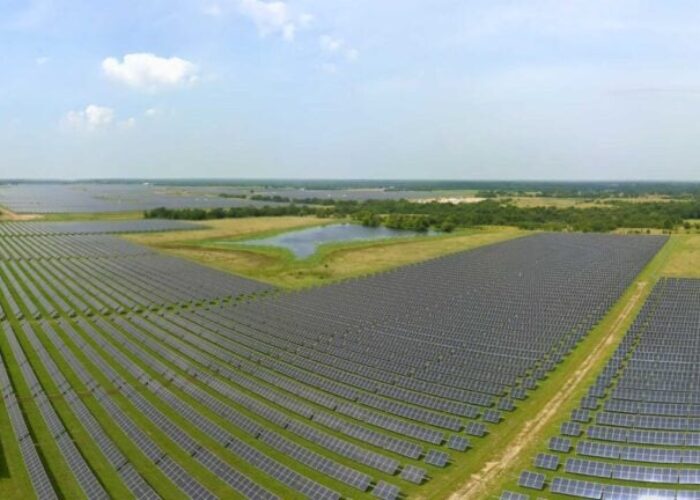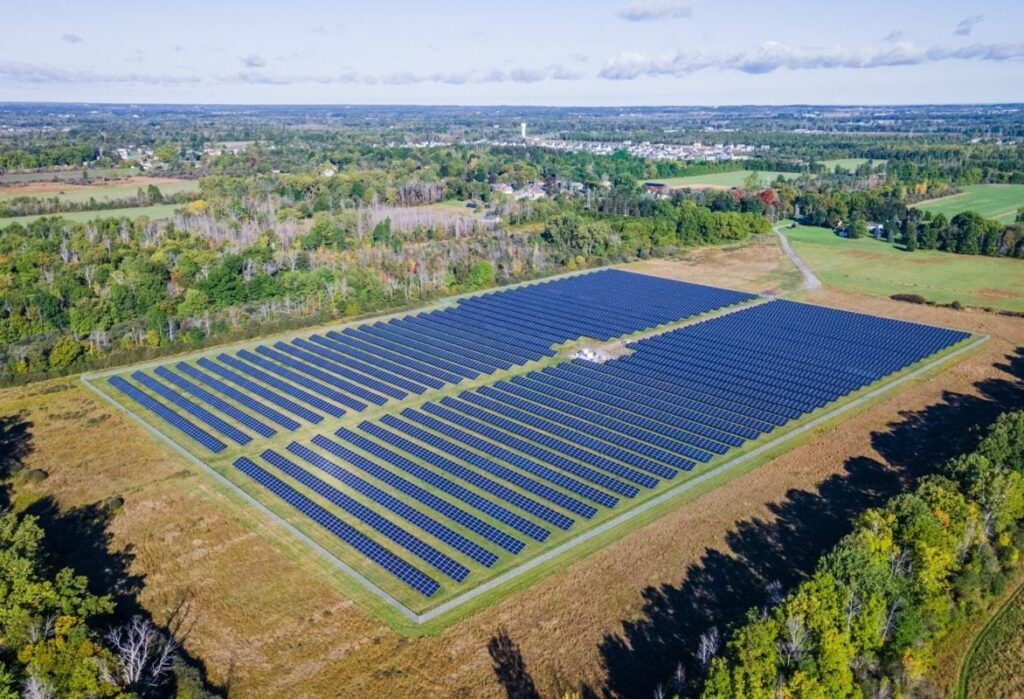
Analyst Wood Mackenzie expects the US community solar sector to add 7.3GW of new capacity by 2029, which would push the total cumulative installed community solar capacity to above 14GW.
These figures come from the analyst’s latest report, published in collaboration with the Coalition for Community Solar Access (CCSA). According to the report, the national community solar market will grow at an average annual rate of 5% until 2026, and then contract by an average of 11% per year until 2029, as beneficial legislation put in place by the Inflation Reduction Act (IRA) was said to be “difficult to count on” by Caitlin Connolly, senior research analyst at Wood Mackenzie and lead author of the report.
Unlock unlimited access for 12 whole months of distinctive global analysis
Photovoltaics International is now included.
- Regular insight and analysis of the industry’s biggest developments
- In-depth interviews with the industry’s leading figures
- Unlimited digital access to the PV Tech Power journal catalogue
- Unlimited digital access to the Photovoltaics International journal catalogue
- Access to more than 1,000 technical papers
- Discounts on Solar Media’s portfolio of events, in-person and virtual
“Community solar stakeholders are navigating a steep learning curve while trying to secure tax credit adders,” said Connolly. “In addition, awards from the US$7 billion ‘Solar for All’ fund were announced in April 2024. Final implementation plans are not confirmed but developers hope to utilise federal funds to expand into new state markets even in the absence of official state programs.”
Despite the legislative complexities currently present in the US community solar sector, the report is still largely positive. As shown in the graph below, Wood Mackenzie and the CCSA expect annual capacity additions to peak at 1.4GW in 2026, amid a nine-year streak of annual capacity additions that exceed the 1GW threshold.
The analysts also note that a significant percentage of this new capacity will help provide power to low-to-moderate income (LMI) communities, an important development as community solar has historically been touted as an opportunity for such communities to invest in solar, in the absence of a single wealthy investor. In one of their latest reports, the Lawrence Berkeley Laboratory (LBL) and the National Renewable Energy Lab (NREL) note that community solar adopters are statically more likely to live in multifamily buildings than rooftop solar investors, and are more likely to rent their properties, rather than own them outright.
According to the Wood Mackenzie and CCSA report, 3.6GW of community solar will serve LMI communities, up from 829MW providing power to such communities as of the first quarter of this year.
In addition, the rate of growth in access for LMI communities is set to increase dramatically. The share of community solar capacity service LMI communities was just 2% in the second half of 2022, which increased to 12% in the first half of this year. The analysts expect this percentage to reach nearly 25% by the end of next year, an approximate doubling of the most recent figure.
However, Wood Mackenzie and the CCSA also note that there is significant variation in the potential outcomes for the community solar sector. In its best-case scenario, the analysts suggest the rates of new capacity additions could increase by as much as 21% by 2029, whereas the rate of additions will contract by 20% in the least optimistic forecast.
Regardless, there is certainly significant interest in the community solar space. Earlier this year, Mat Elmore, SVP of strategic accounts at community solar developer Pivot Energy, told PV Tech Premium that there is “growing interest” in community solar from corporate investors, too, suggesting that there may also be investment opportunities for larger companies in the community solar sector.

